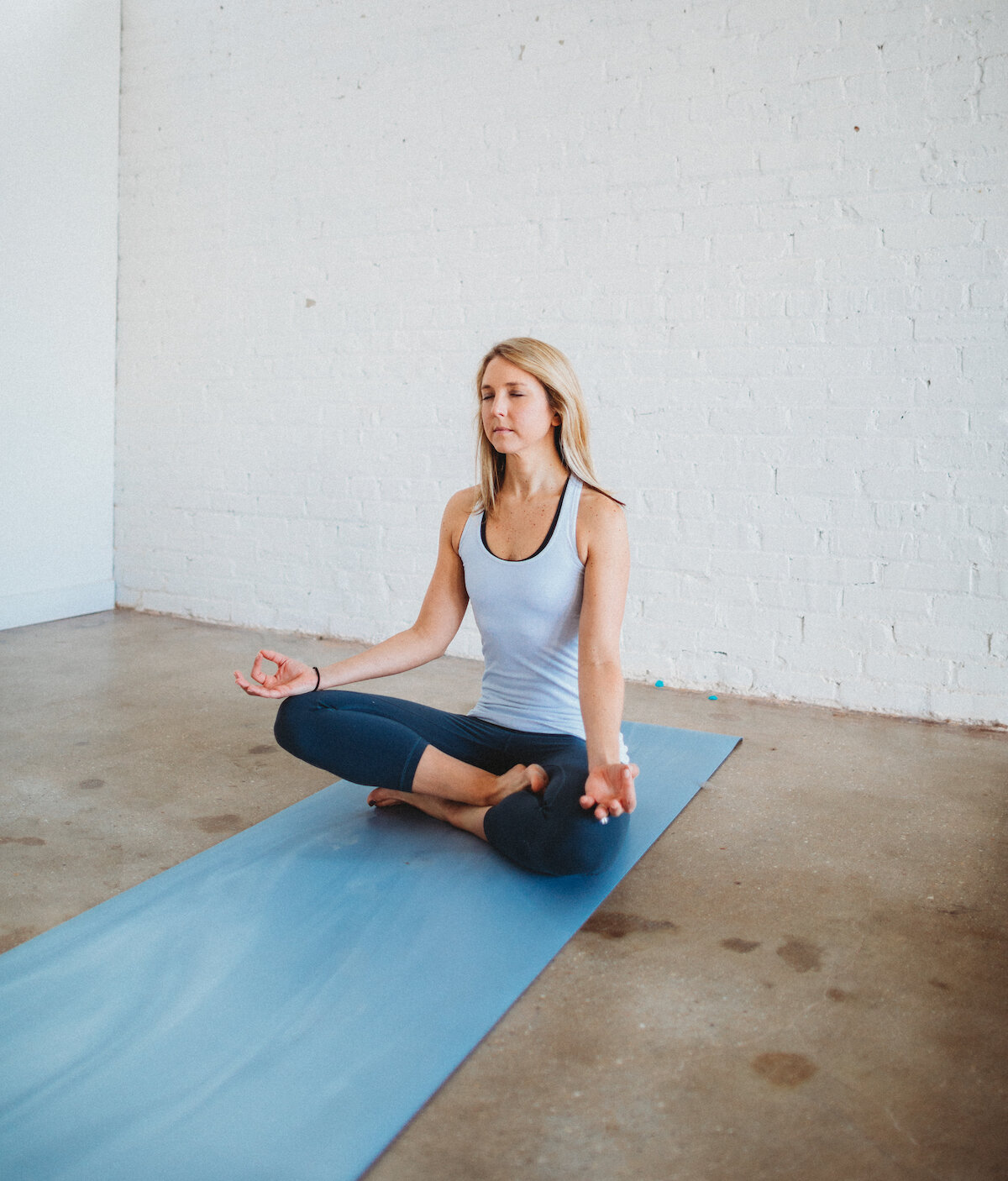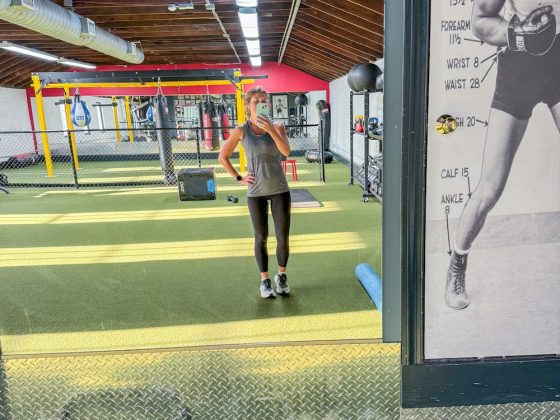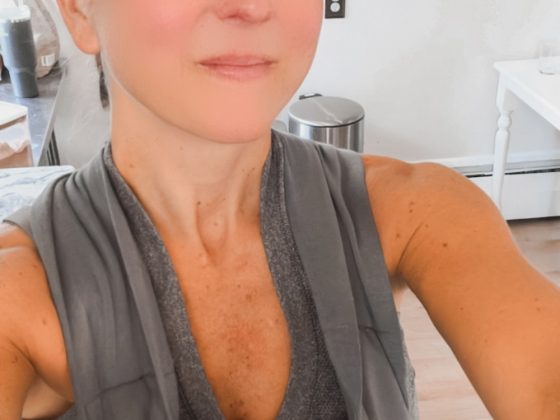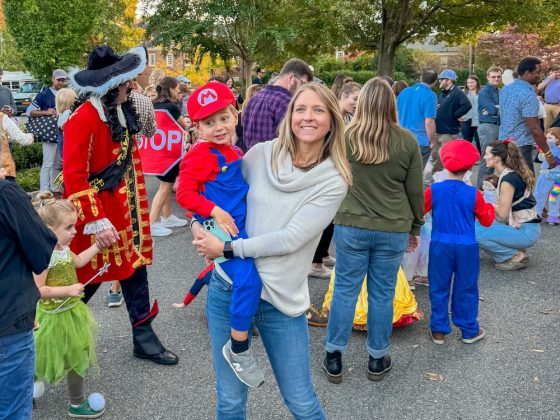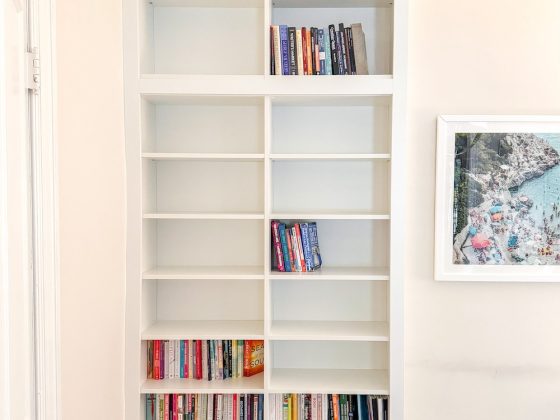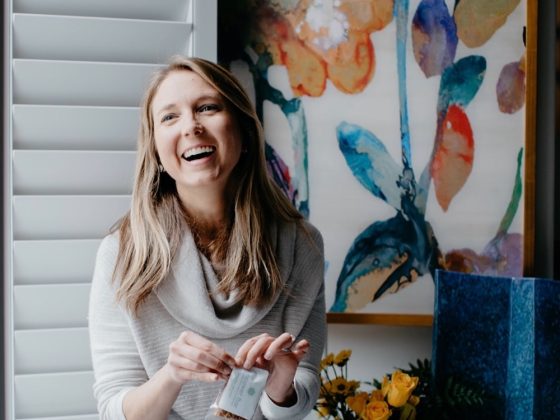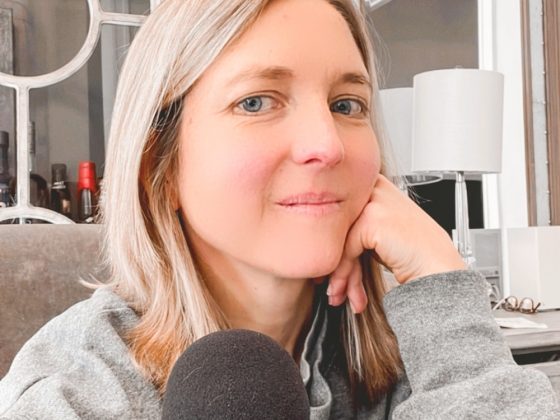About a month and a half into quarantine, when it was clear restrictions weren’t letting up any time soon, I knew I needed to finally formalize my meditation practice. Having launched Gratisfied in early 2019, 2020 – according to our projections – was supposed to be a time of growth and expansion. I remember heading into the new decade feeling excited, motivated, and determined. We had hired more people in order to build our team, signed a lease on our first office space, gotten into our first Whole Foods store. The path to growth appeared to be unfolding.
Clearly the COVID-19 pandemic affected everyone across the world, and has been very challenging on a global scale. That goes without saying. Additionally, every individual has their story on how the pandemic directly impacted their lives. It rocked my innate need to plan and prepare. If anything, it has taught the lesson of life’s uncertainty and unpredictability. Meditation is a practice intended to ground you in the present moment to not only sit and observe what may be uncomfortable, but also accept what is. In May of 2020, I needed mindfulness more than anything. So I sat and I breathed. Sometimes for two minutes, sometimes for twenty. But I made a commitment to myself to try to meditate every day. I recently hit the year mark of meditating every day. Here is what I learned.

I crave my seated practice. I had been meditating off and on for a few years (never as consistently), but the more I meditated, the more I craved that moment in my morning. I will admit that sometimes it felt forced; like it is another box to check in my routine. However, every time I realize that might be how it feels when I sit down, but I am always so glad I did it at the end. I would remember my “why” for having started, and it kept me coming back to my cushion. I use the Insight Timer app, which actually counts the consecutive days of your practice. For the first couple of months, it was like a streak I didn’t want to break, and seeing the days tick up was so rewarding for me. I am a Type-A achiever at heart, and with each passing session, I felt more proud of myself and just had to keep going.
I am better “skilled” at witnessing my mind. Given that meditation is a practice, I use the term skilled here for lack of a better term. For me, meditation was never about clearing my mind completely, but rather observing how it worked – those thoughts and mental patterns that took me out of the present moment. I became better at noticing when my mind had wandered (because it will always wander!), and then gently guiding it back to my breath and body. I also started to notice patterns in my thinking, such as my mind’s desire to create an anxious thought as soon as it found stillness (likely having to do with work, my relationships, or my health). The more I understood that is what my mind did, the more I could regard the tendency with compassion, and then refocus on what was real.
Ten minutes is my sweet spot, but all it takes is one deep breath. For many months, the duration of my seated practice was 5 minutes. Eventually, this turned out to be not enough time, and I gradually increased it by a minute until the majority of my sessions hit the ten minute mark. If I have more time, I will try for fifteen minutes, but ten minutes seems to be my sweet spot. However, I also know that all it takes is one deep breath to bring me back into the present moment. This doesn’t have to happen formally in meditation, but at any time during the day. There literally can’t be a breath in the past or future; there can be a thought about a past breath or future breath, but the act of breathing in and of itself, and one’s attention on the act of breathing, always occurs in the present. It is a tool to ground you in the now.
Irritation has (slowly) been replaced with curiosity. I have said for years that I don’t handle stress very well. I have always been quick to reactivity and irritation, which almost always led to anxiety and shutting down. My meditation practice helped me realize that this mental habit wasn’t serving me – quite the opposite. It would create a barrier to thinking, efficiency, and action. In other words, stress in the physiological sense isn’t a bad thing. It has a biological function of spurring us into action. It’s how we perceive and react to stress that can be a detriment to our mental health. When I shifted to approaching stressful thoughts and situations with curiosity instead, asking myself “what is this about?” or “what is the next step given this information?” I was able to actually do rather than get caught in the web of overthinking. Again it is that practice of coming back to the present moment, realizing what is true, and embracing a mindset of curiosity and learning about yourself.
I have started to connect how I felt mentally and emotionally, to how I feel physically. As humans, we tend to spend more time in our minds than in our bodies. My life coach helped me realize that the other way around actually helps with being more fully in an experience. The mind always filters an experience, yet we can become more present when we connect to our body in any given moment. The same is true for how we experience thoughts and emotions. With either, there is always a coinciding sensation in the body, typically felt in the belly or the chest (i.e. butterflies in your stomach; a tightness in your chest). The bodily sensation then reinforces the thought or emotion, and this creates a cycle, which is often subconscious. After learning this is how the cycle works, I have instantaneously been able to connect a thought/emotion to the sensation in my body. I feel anxious thoughts primarily in my chest, but some in my belly, which almost feels the equivalent of wearing a corset. Loosening the corset (or taking it all the way off) is a helpful mental metaphor for me. Generally speaking, soften the body to soften the mind has become a new mantra of mine.
I am less reactive (and therefore less anxious). One of my favorite quotes sums this up perfectly:
Between stimulus and response there is a space. In that space is our power to choose our response. In our response lies our growth and our freedom.
Victor Frankl
When we are running on our pre-conditioned programming, there is little awareness for that pause between stimulus and behavior. We are more reactive, mostly unconsciously, and tend to do things or react in ways we always have simply because that is the way we have always behaved or reacted. I have come to cherish (and work to elongate) that pause between stimulus and response. It is empowering to realize we have choice in how we respond to both our own thoughts and external situations. Meditation has not only helped me practice choosing thoughts, but also realize that thoughts come up, and most of the time I don’t have to react to them at all. They are just thoughts. They evaporate as quickly as they come up.
Any moment in my day is an opportunity to practice. You don’t need a meditation cushion candle, or mindfulness app to practice. You simply need a new moment, a deep breath, and awareness for your attention. I have learned to pop back into these meditative moments while sitting at my desk, driving my car, or on a long walk. This is why it is a practice, as it is meant to encourage you to be more present in daily life.
I have become more confident to handle stressful situations. When I became more aware of my thoughts, and specifically the stories I was telling myself that locked me into stress and anxiety, I became better at continually questioning their truth, whether they were serving me (or the situation at hand), and what I needed to tell myself instead in order to navigate the moment in a more emotionally intelligent manner.
I have started to take more action. Part of my work with this practice is to get out of my head and into my body. I realized how much I was overthinking even the smallest decisions. When I would hang out in my head, I would tend to lose motivation. Before, I would find myself resisting something as mundane as going to the grocery store, thinking of all of the reasons why I didn’t want to go, eventually justifying the inaction. When I shift to the present moment (which I do via being more in my body), the resistant thoughts faded away, and I become more inclined to taking the action steps toward whatever it is I am trying to do.
To sit with any discomfort helps to lessen its power. Thoughts and feelings are uncomfortable. I believe it is why so many people resist the practice of meditation or even the act of being by themselves at all. In fact there is a 2014 research study that showed people would rather shock themselves than sit alone with their thoughts for 15 minutes. But when you get down it it – the fact they they are just thoughts and feelings (and they really can’t hurt you) – it helps to lessen their power over you and your mental health. When you face your feelings, and either give yourself permission to feel them, or untether yourself from them completely, it is a more peaceful process than allowing them to stay stuck and subconsciously influence your mind and behavior. You take your power back. Being a human can be uncomfortable (we all share that in common), and that is OK.
I have become an overall happier person. It almost sounds cliche, but it is true. I believe this has to do with the many benefits of meditation, but primarily acceptance and living more in the moment. In the past, I have been someone who attached happiness to external situations and achievements. Hindsight and experience have taught me that these outside factors may have increased my happiness for a time being, but the feeling is fleeting. I am learning to feel more contentment from within, which stems back to a feeling of peace and freedom created by my practice.

